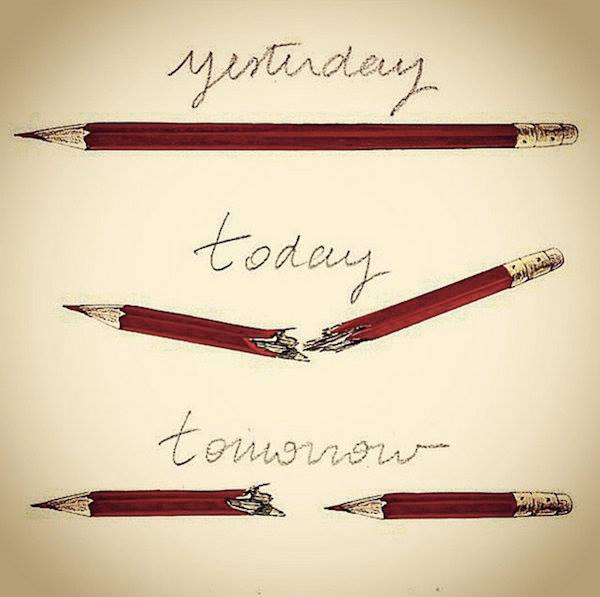Record-Breaking attendance of more than 125,000 anticipated
The 11th annual Kolkata(Calcutta) Film Festival (KFF) is in full swing this week with more than 125,000 people expected to see a total of 138 films at 240 screenings in eight venues.
The festival got off on a high note with the showing of Christophe Barratier’s Les Choristes for the inaugural evening, marking the first time the French box-office hit has been shown in the sub-continent.
The film was shown in the largest of the three halls that make up Nandan, a cinemateque facility interlaced with gardens and fountains that would be the envy of many major cities throughout the world.
Outside the halls there are areas for seminars. Discussion groups appear out of nowhere. Everywhere there is the sound of opinions being exchanged, differences being aired, arguments being advanced, often heated but never over the top.
And there is much else to be admired here besides Nandan. The architecture is predominantly British colonial and even though a lot of the buildings are in disrepair they provide a majestic backdrop to every day life.
There are good hotels, a subway, excellent restaurants, frequent buses, and taxis – all coloured yellow - that will take visitors and locals alike for miles for virtually nothing.
But there’s a downside. The taxis and the buses, ridiculously inexpensive though they may be, are slowly poisoning the population with leaded emissions that are quite simply off the chart.
Kolkatan movie buffs, and their less well-off brothers and sisters, many of whom still live on the street despite the interventions of the late Mother Theresa and her followers, deserve better.
Those who can afford the tickets, which are sold at an average of only one euro in order to reach out to a wide audience, make up what is almost certainly the most educated and sophisticated cine-audience in Asia.
Your correspondent has been seeking to find his intellectual match and has had to talk to those few here who know nothing of the cinema in order to find it. It’s a humbling experience!
The film festival is the highlight of the year. It is always held on precisely the same dates, November 10 to November 17, a time when the monsoon rains have gone, the temperature drops to a pleasant 25 degrees and a cool breeze blows through the city streets.
This year is no different.
Nor indeed is the festival any different to previous years. There are eight major sections including Cinema International, Indian, Asian, Children’s Films, a Special Focus, Special Screenings, a Tribute and a Retrospective.
The retrospective is on Pedro Almodovar, who is being represented here by his brother Augustin.
“Pedro’s films are being very well received. I think it’s because the Kolkatans are fervently anti-fascist, they know that my brother is post –Franco and I think they like his modernism, sensitivity and liberalism. I think some of them also like his irreverence,” Augustin told FilmFestivals.Com.
Kolkatans are indeed very politically aware. It is no coincidence that among the special screenings are six films from Russia, Poland, Czechoslovakia and Poland celebrating the 60th anniversary of the Victory over Fascism. Kanal and Naked Among Wolves are among the titles being shown.
The homage to Krzysztof Kieslowski shows the Decalogue, in full and is being shown not only at the Nandan Centre but also at two other venues further out from the centre.
This year’s main focus is on Africa and includes 12 films from Algeria, Burkina Faso, Cameroon, Congo, Guinea Bissau, Mali, Mauritania, and Senegal.
The Asian Film section includes work by Lester James Peries and Sumithra Peries (Sri Lanka); and Talmineh Milani, Niki Karimi and Pouran Derakhshandeh(Iran).
There are also some excellent films from India and some good offerings from Bangladesh. But overall, Asia is very much in the shadows compared with entries from Europe.
This will all start to change next year at the 12th Kolkata Film Festival.
Festival director, the ceaselessly energetic veteran Mr Ansu Sur, told FilmFestivals.Com the percentage Asian films will increase dramatically next November.
“We are going to double or even treble the size of the Asian section. This year we are only showing about 13 Asian films out of a total of 140, that’s less than 10 percent. Next year it will be 25 per cent or even 30 per cent,” he said. “China, Japan and Korea must have greater representation. China definitely, young Chinese directors must be represented at this festival.” he added. (ends 740 words)
For full interview with Festival Director, Ansu Sur, see separate story.
by Jeremy Colson
 Chatelin Bruno
Chatelin Bruno 


























